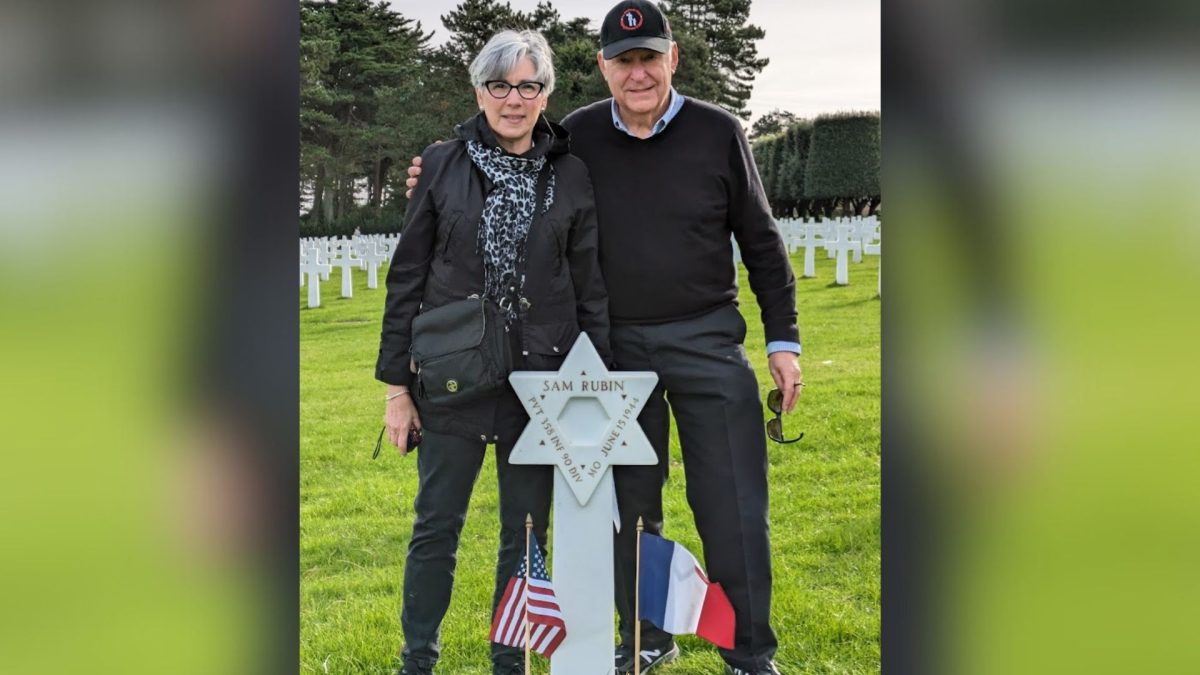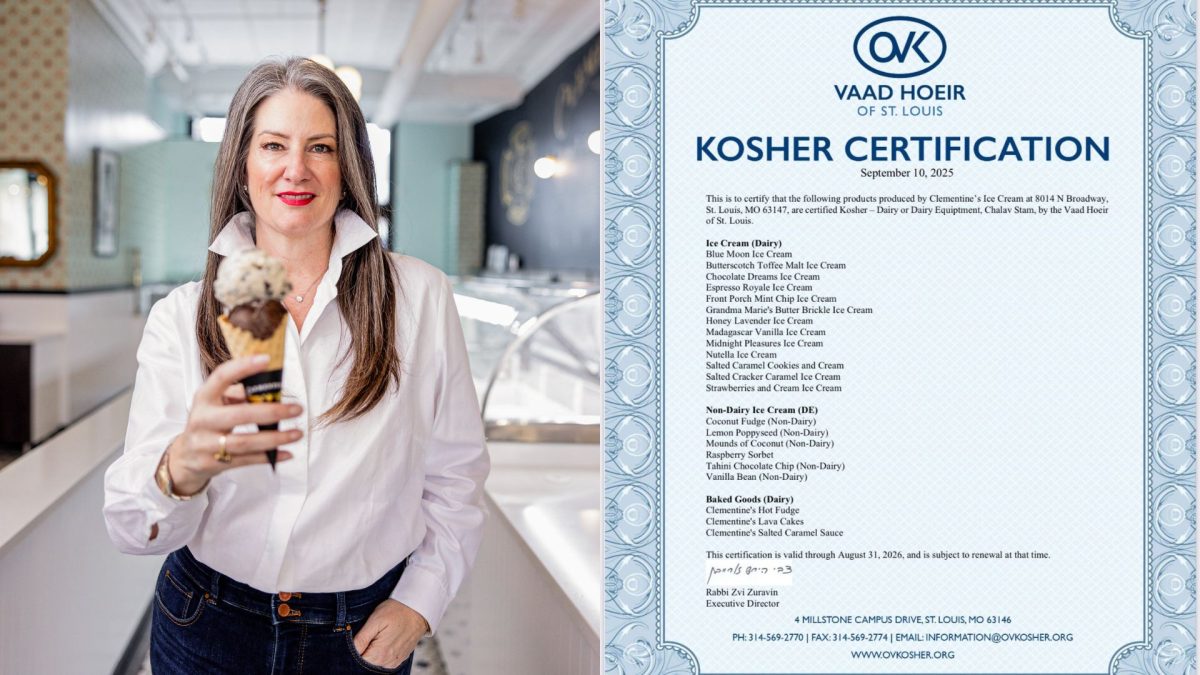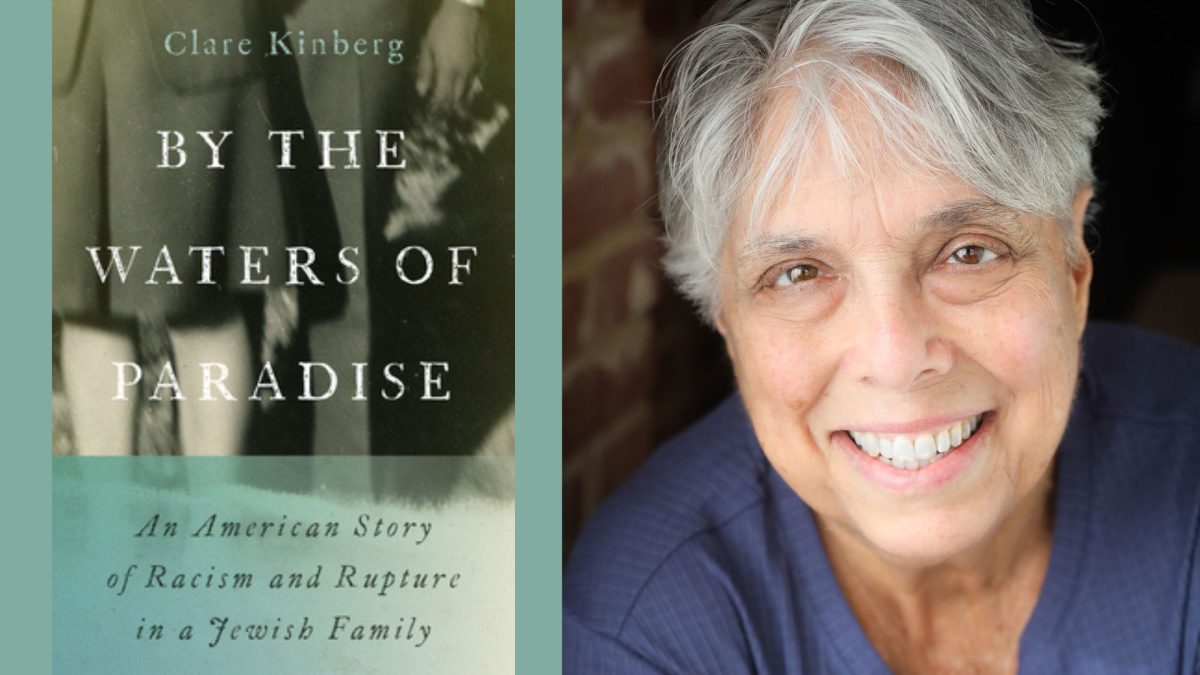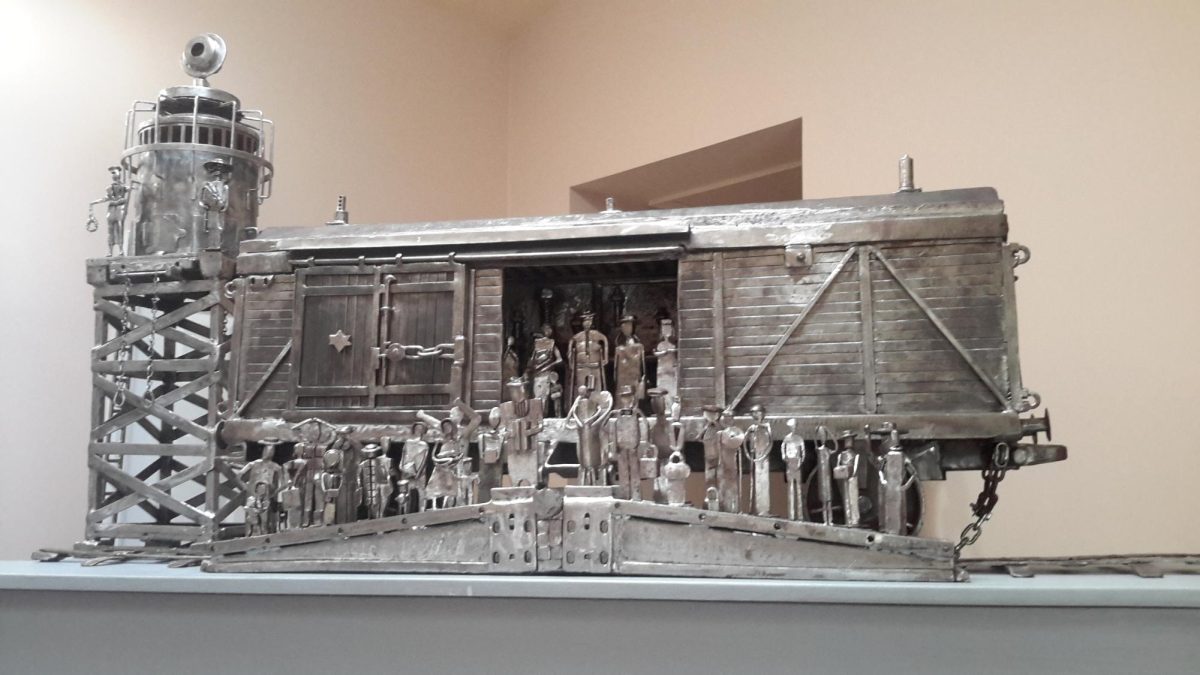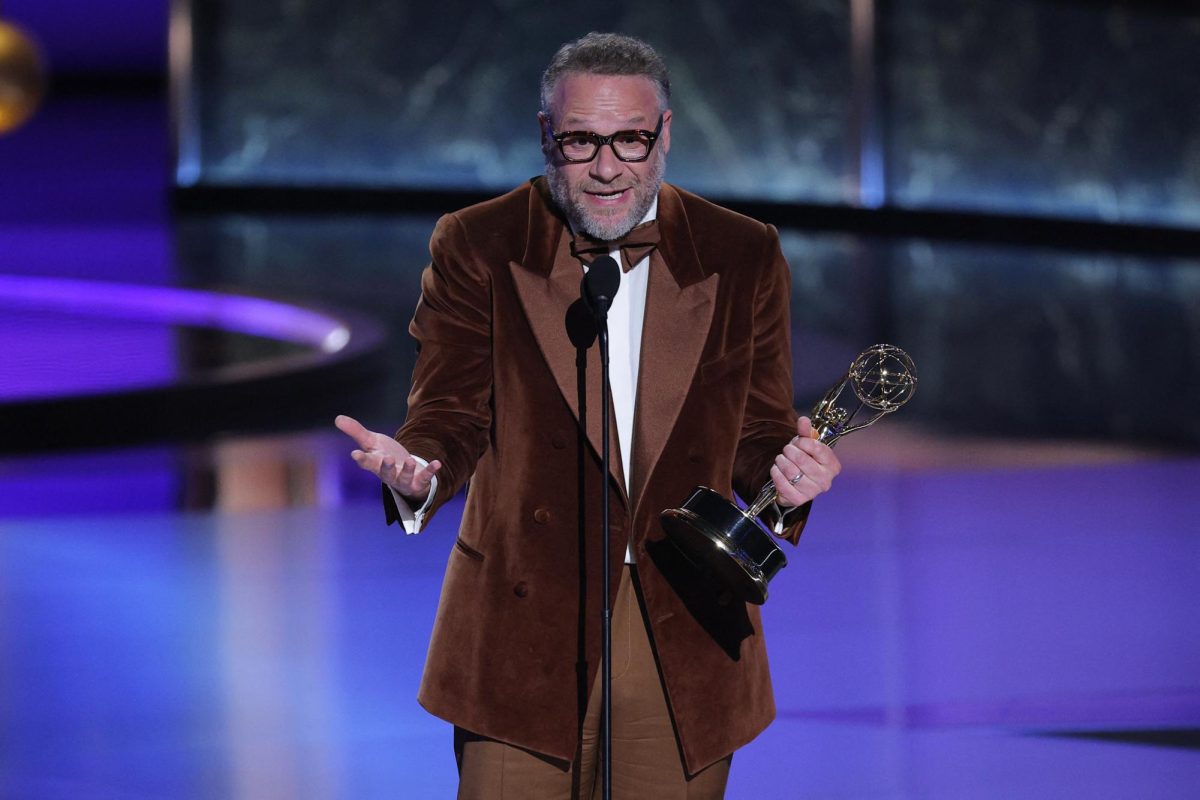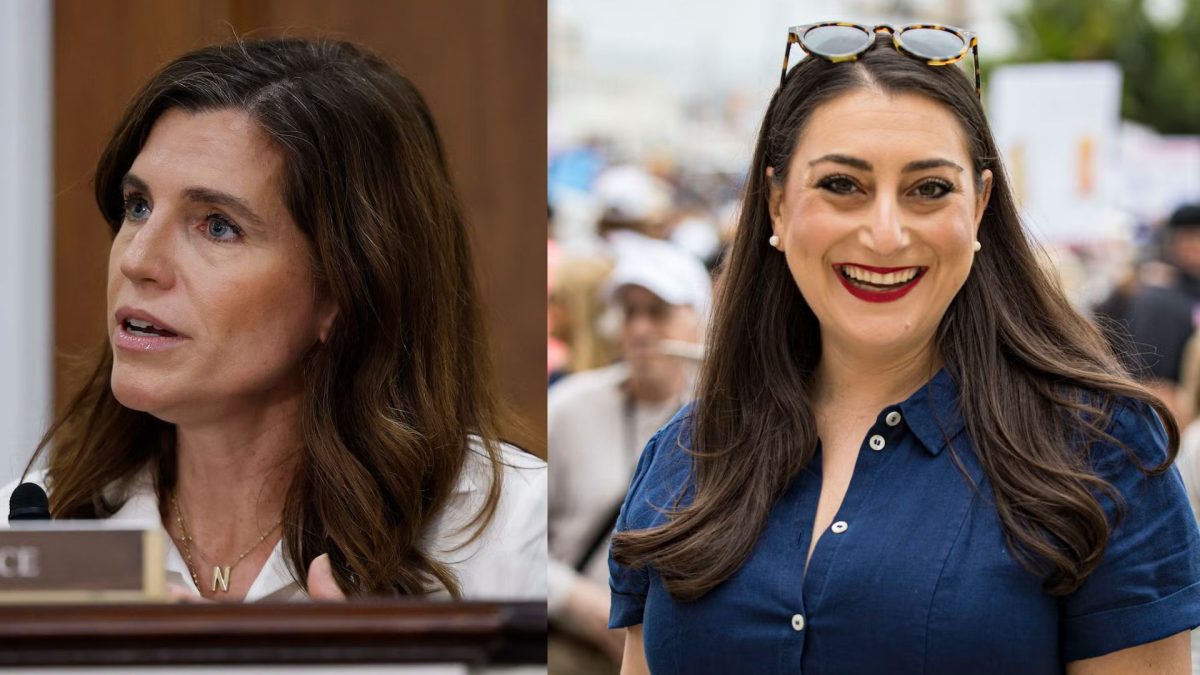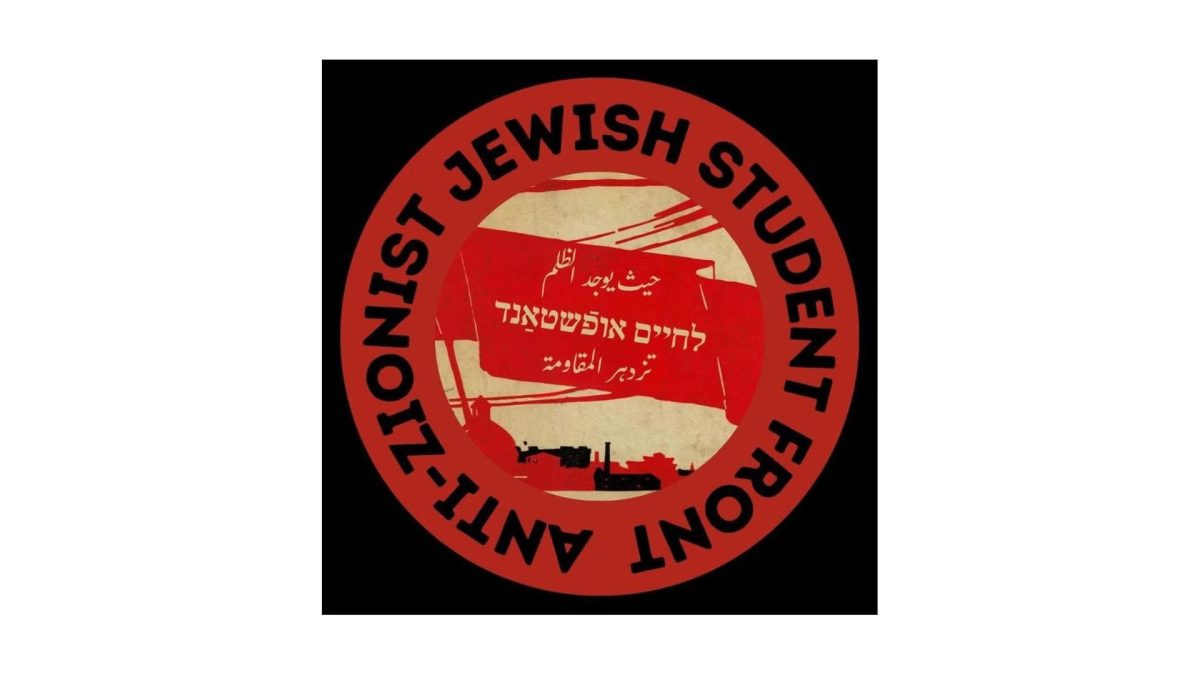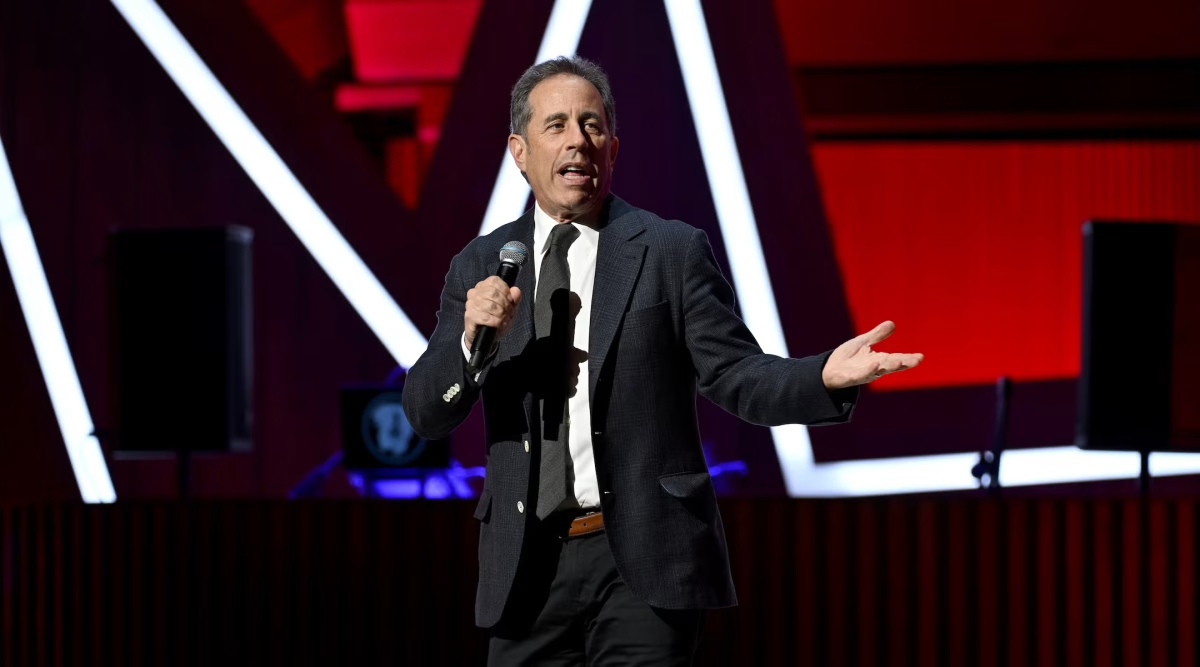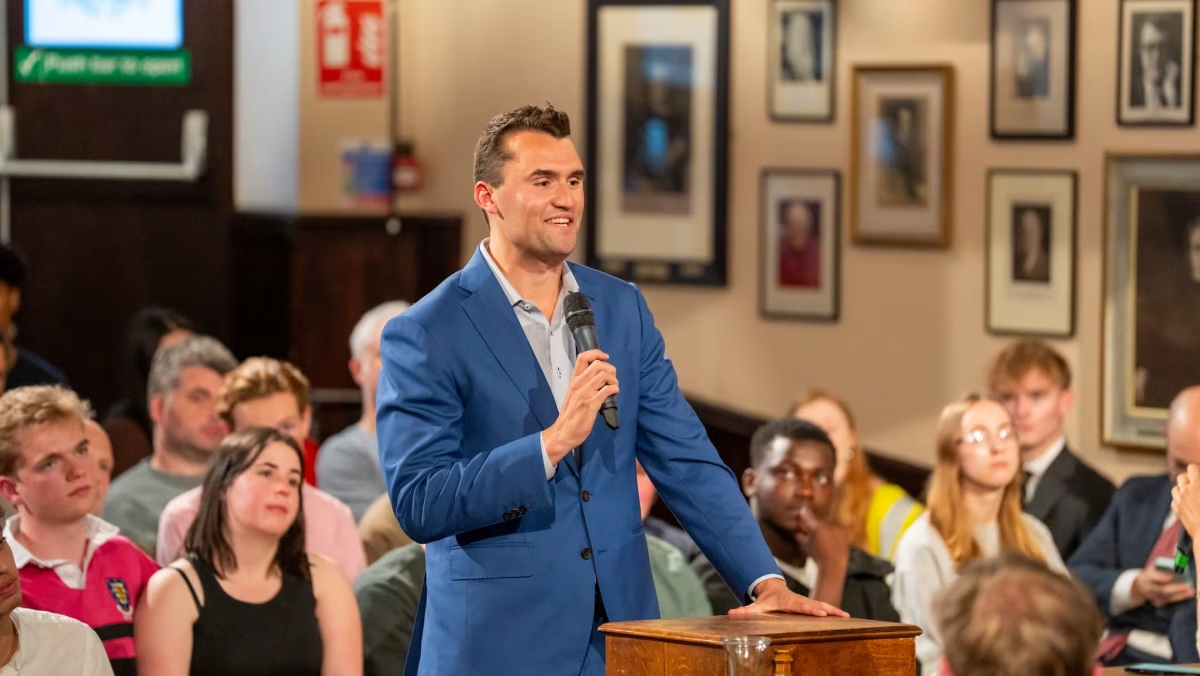The invasion of Normandy marked a critical turning point during World War II. The Allied armies launched the largest amphibious invasion in military history June 6, 1944. That battle 80 years ago was a costly one, with 73,000 Allied forces killed over the next 12 weeks. Among those was Sam Rubin, a Jewish infantryman from St. Louis.
Sam’s son Bob Rubin was 5 years old on D-Day. Bob knows only a few details about his father, including his occupation before the war.
“He drove a service car, what we’d call a chauffeur,” said Rubin, 85. “He was drafted when I was 2 years old. And I was told he was killed by a sniper after they landed June 15 after a week in France.”
ADVERTISEMENT
Rubin has seen photos of his father’s grave at Normandy, but he’s never visited the vast American military cemetery there. He does know what it feels like to experience the site in Colleville-sur-Mer, thanks to eyewitness accounts from St. Louisans Cheryl Lamprecht, and Sherilyn and Barry Krell.
Searching for the Star of David
While on a river cruise in October, the Krells visited Normandy. Prior to the trip, they did some research and learned about Sam Rubin. The Jewish War Veterans national office provided them with the section, row and plot number of Rubin’s grave. With help from a visitors center staff member, they found the headstone and wiped a bucket of wet sand on it — a custom known as “sanding the grave” — to make the engraving more visible.
“We left rocks we’d brought from St. Louis on the headstone, recited a Jewish blessing for a fallen soldier and the El Malei Rachamim and Kaddish prayers, with the hope that young Sam Rubin, who died defending the world against fascism, is resting in peace,” Sherilyn Krell said.
ADVERTISEMENT
The Krells returned home with a photo of Rubin’s grave and moving memories that they wanted to share with a Rubin descendant if they could find one. Sherilyn Krell’s father’s name was J. Leonard Rubin, so she initially thought she might be related. That proved not to be the case and she continued checking around with no luck until the Krells mentioned their quest to Lamprecht, a friend from United Hebrew Congregation. Lamprecht, a travel agent, had been to Normandy two years earlier.
“I was looking for Jewish stars, and I saw one from New York, and I put a little pebble on it,” Lamprecht said. “Then I saw one from Missouri, and it was Sam Rubin. So I put my rock on it. And when I got back to St. Louis, I was trying to find his family, just to tell them that I visited his gravesite and said a prayer.”
‘Sam was my father!’
Neither Lamprecht nor the Krells had much success locating the right Rubin, in part because it’s such a common surname. A quick check on whitepages.com revealed several hundred Rubins in St. Louis County alone. Little did they know the person they were looking for was also a UH member.
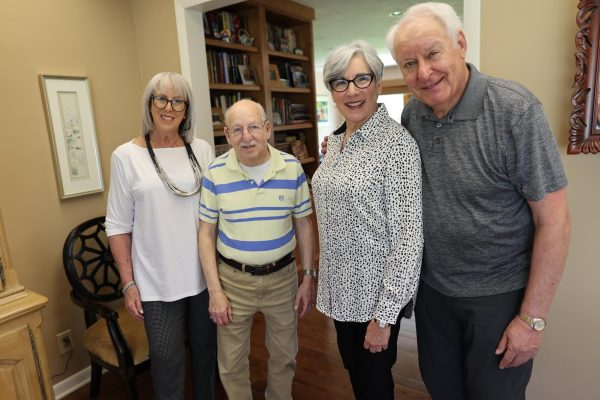
(Bill Motchan)
Then, by chance, Lamprecht was attending a luncheon when her tablemates started discussing World War II. She told the group about her Normandy trip and the unfinished business she had after seeing Sam Rubin’s grave.
“I was telling them my story about it, and this gentleman said, ‘What was his name?’ I told him it was Sam Rubin, and he said, ‘Sam was my father!’ ” she said. “I think I made him show me a driver’s license to prove it. There he was, sitting two seats away from me. What were the chances of that? It was just meant to be.”
Sherilyn Krell’s parents and her stepfather were all members of Jewish War Veterans Post 644, so Jewish veterans have always held a special place in her heart. That’s why she wanted to connect with Bob Rubin and share the emotions she felt when visiting Sam Rubin’s grave. A week before Memorial Day, she finally accomplished her goal.
“Visiting Sam Rubin’s grave became the most meaningful experience we had,” Krell said.



